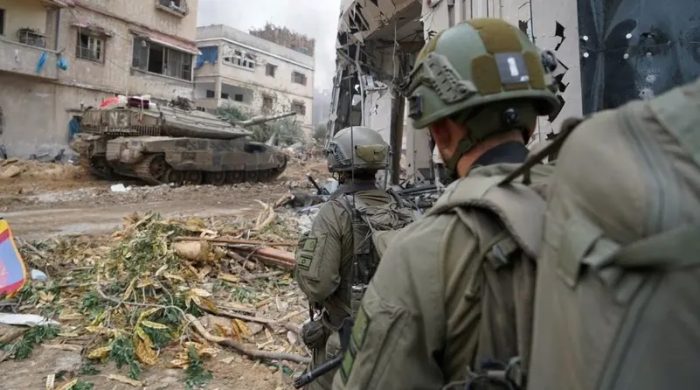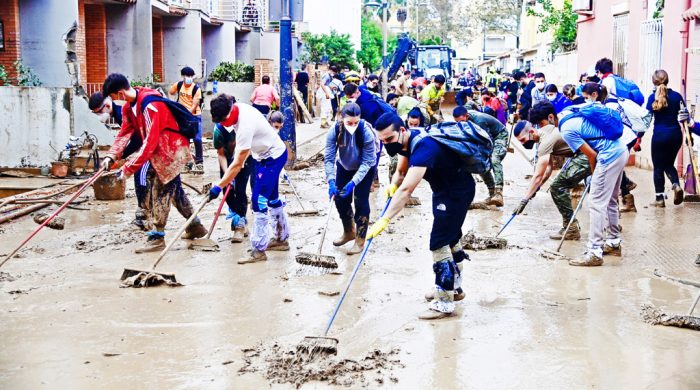Hamas proposes ceasefire plan over 135 days, leading to end of Gaza war

- Update Time : Wednesday, February 7, 2024
- 39 Time View

The militant group’s proposal – a response to an offer sent last week by Qatari and Egyptian mediators – comes amid the biggest diplomatic push yet for an extended halt to the fighting, and was met with hope and relief in the Gaza Strip.
There was no immediate public response from Israel, which has said it will not pull its troops out of Gaza until Hamas is wiped out.
According to a draft document seen by Reuters, the Hamas counterproposal envisages three phases of a truce, lasting 45 days each. Militants would exchange remaining Israeli hostages they captured on October 7 for Palestinian prisoners. The reconstruction of Gaza would begin, Israeli forces would withdraw completely, and bodies and remains would be exchanged.
A source close to the negotiations said the Hamas counterproposal did not require a guarantee of a permanent ceasefire at the outset, but that an end to the war would have to be agreed during the truce before the final hostages were freed.
According to the document, during the first 45-day phase, all Israeli women hostages, males under 19 and the elderly and sick would be released, in exchange for the release of Palestinian women and children from Israeli jails. Israel would also withdraw its troops from populated areas during the first phase.
Implementation of the second phase would not begin until the sides conclude “indirect talks over the requirements needed to end the mutual military operations and return to complete calm.”
The second phase would include the release of remaining male hostages and “the withdrawal of Israeli forces outside the borders of all areas of the Gaza Strip.”
Bodies and remains would be exchanged during the third phase. The truce would also increase the flow of food and other aid to Gaza’s desperate civilians, who are facing hunger and dire shortages of basic supplies.
“People are optimistic, at the same time they pray that this hope turns into a real agreement that will end the war,” said Yamen Hamad, a father of four, living in a UN school in Deir Al-Balah in the central Gaza Strip.
“People are awaiting news of a ceasefire, they are a bit hopeful despite the continued bombardment,” he told Reuters via a messaging app.
Israel began its military offensive in Gaza after militants from Hamas-ruled Gaza killed 1,200 people and took 253 hostages in southern Israel on October 7. Gaza’s health ministry says at least 27,585 Palestinians have been confirmed killed in Israel’s military campaign, with thousands more feared buried under rubble.
END/SZA

























